Yoga blocks are a great tool to use to take your yoga practice to the next level. A misconception about yoga blocks is that they are only for beginners who can’t yet make it to their deepest expression, however, this is not at all the case. They are for anyone and everyone and serve many different purposes. Yoga blocks create variations of poses that are either more restorative, more accessible, or more challenging. Below, we’ll break down key poses with blocks for each of those categories.
Using Blocks for Restorative Poses
Adding blocks to deep stretches, particularly in yin or restorative yoga practices, allows your body to relax and release even further. The blocks help to take pressure off certain parts of your body in order to ease pain or tension. Try these great poses:
- Supported Fish: Place a block between your shoulder blades along your spine and allow your head to relax back for this incredibly calming heart opener
- Supported Bridge: Add a block under your hips and let your entire body relax down for this spinal and low back release
- Half Splits: Plant a block under your glute on the side with your leg lengthened forward, then fold forward as far as possible for a deep hamstring stretch
- Reclined Butterfly: Add a block under each knee and allow your knees to touch the tops of the blocks to get a bit deeper and more relaxed in this hip opener
- Supported Waterfall: Place a block under your hips for an even more restorative legs-up-the wall that will get your blood circulating
Using Blocks for Accessibility
Blocks also aid you in accessing poses and help you build the strength and flexibility necessary to deepen these postures. This isn’t just for newbies - all body types are different and some have easier times than others getting into certain shapes. Use a block in the following poses for accessibility:
- Standing Forward Fold: Plant a block under each hand at desired height and press your fingertips into the block, focusing on folding from your hips
- Triangle Pose: Add a block underneath your bottom hand and hold onto it for support
- Downward Dog: Use blocks under your palms to shift your weight back into your heels, which alleviates pressure on your wrists
- Hero’s Pose: Place a block under your hips, then gently try to recline backwards as you actively squeeze your knees together
- Half Moon: Add a block under your bottom hand and use it to learn where your body should be in space, then eventually begin to release your grip on the block, bringing your hand to hover
Using Blocks for Added Challenge
Blocks can challenge you to come into your deepest expression of postures by changing the angles of your folds and adding more muscle activation. Here are 5 of our favorite ways that blocks make poses more challenging:
- Child’s Pose: Add a block under each palm or under each elbows for an added chest and arm stretch
- Downward Dog: Use blocks under each foot to deepen your stretch
- Standing Forward Fold: Again, place blocks under each foot to increase the distance between your hips and the ground, deepening your stretch
- Bridge Pose: Squeeze a block between your inner thighs as you lift up to really activate them and energize your pose
- Crescent or Low Lunge: Use a block under your front foot to deepen your stretch and open up your hips and hamstrings even further
If you’ve been curious about adding blocks into your yoga practice, now is the time to try it. You can find a plethora of great blocks online, ranging from foam to cork (we love all types!). Check out the top rated yoga blocks and see what best suits your personal practice.


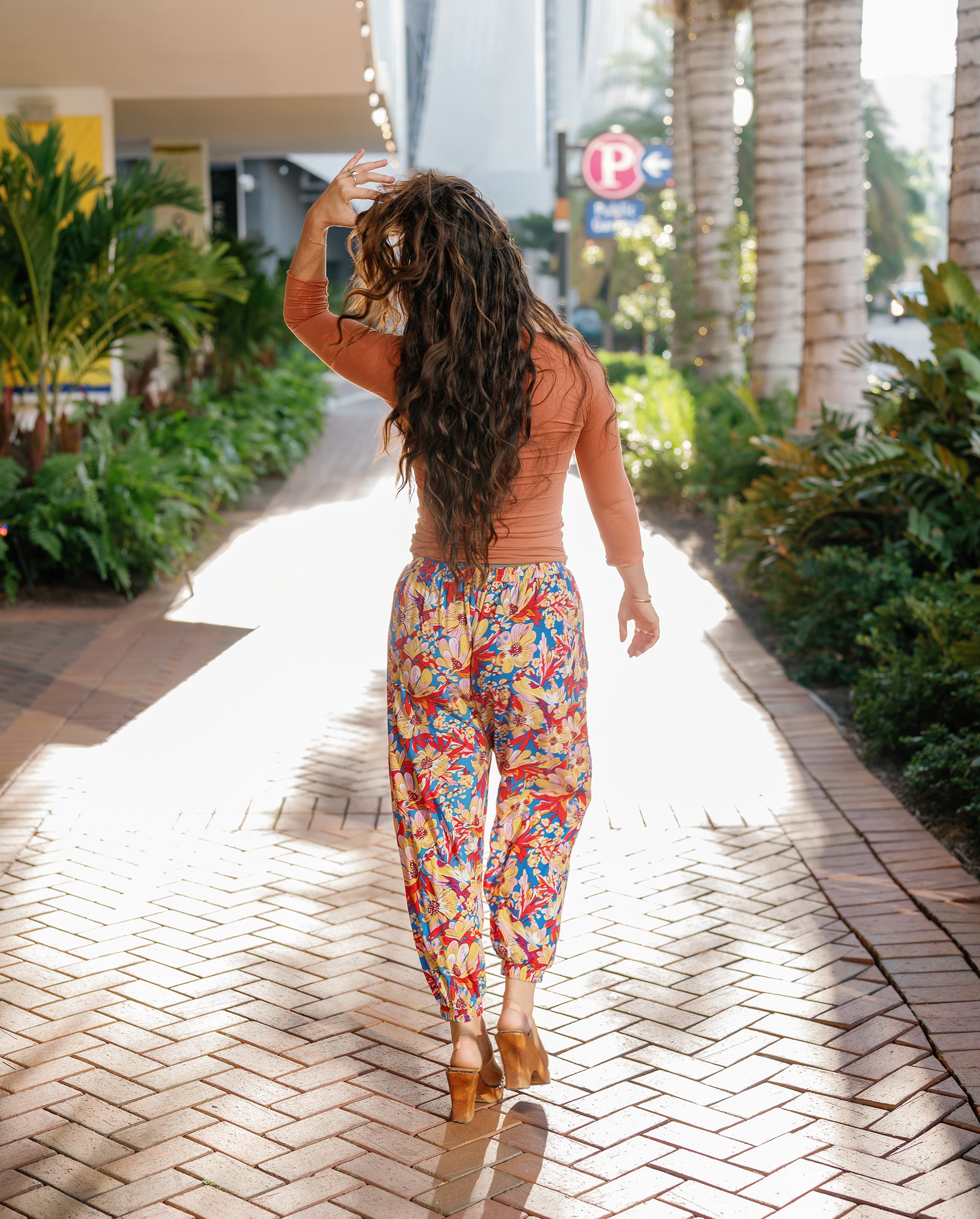
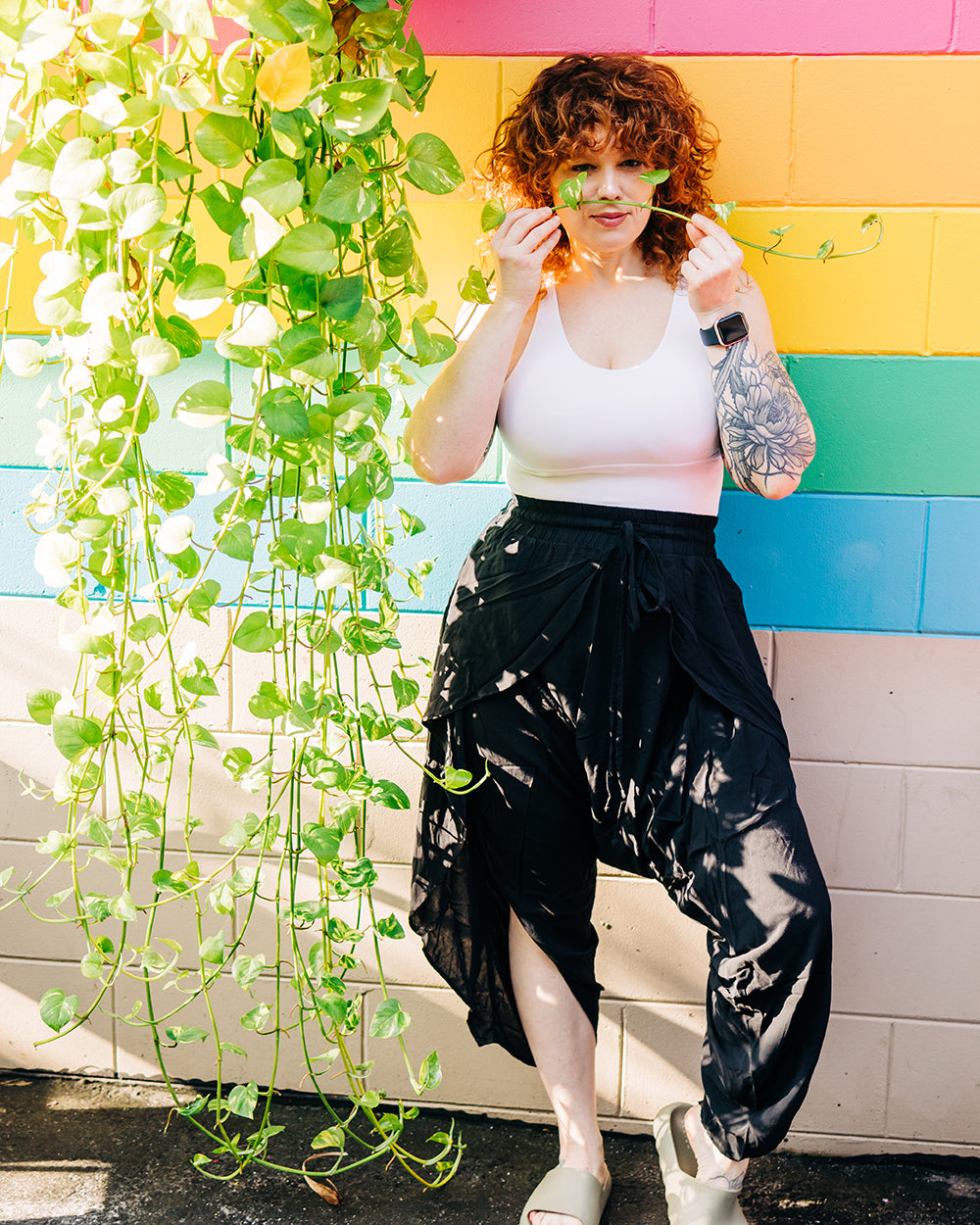
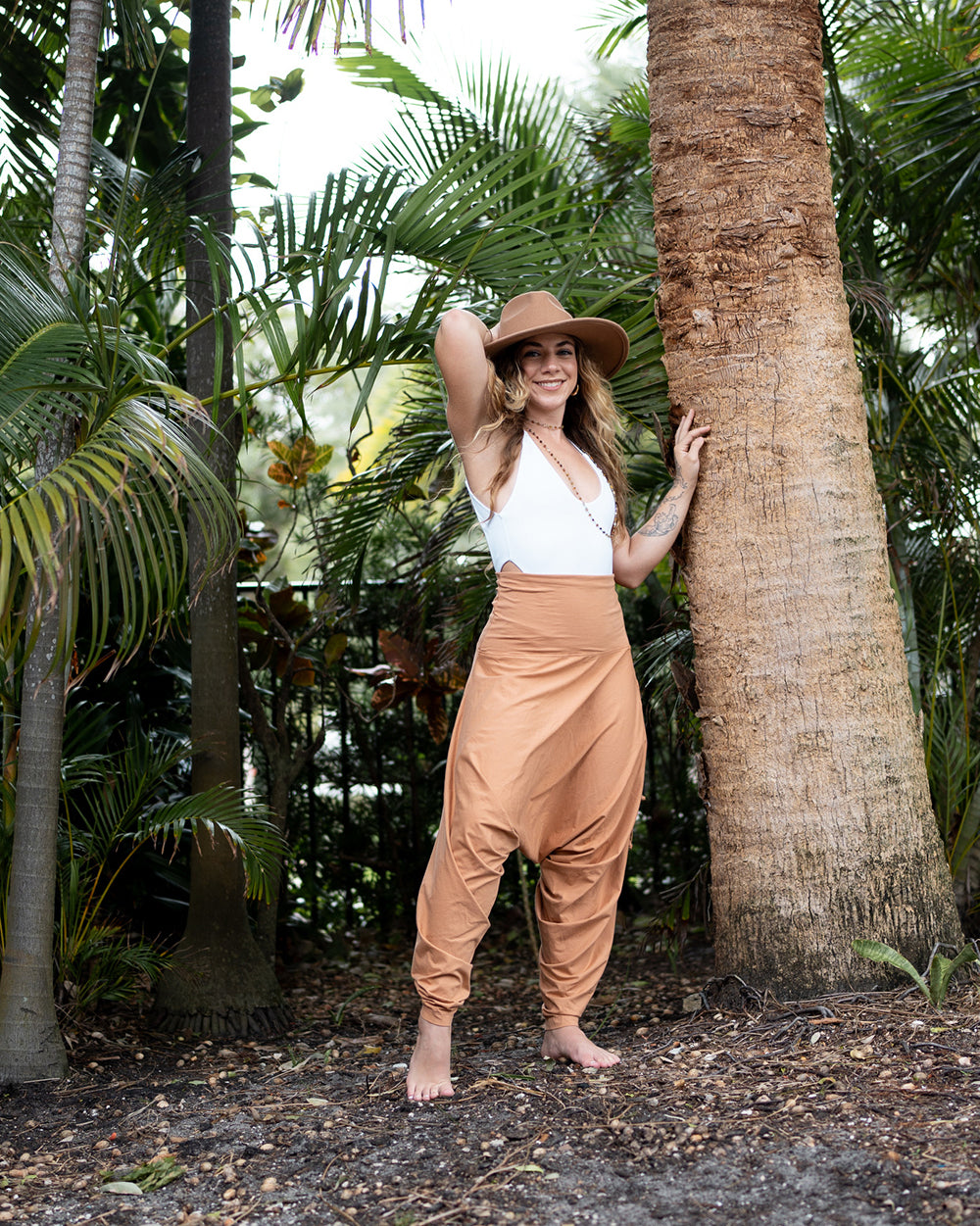
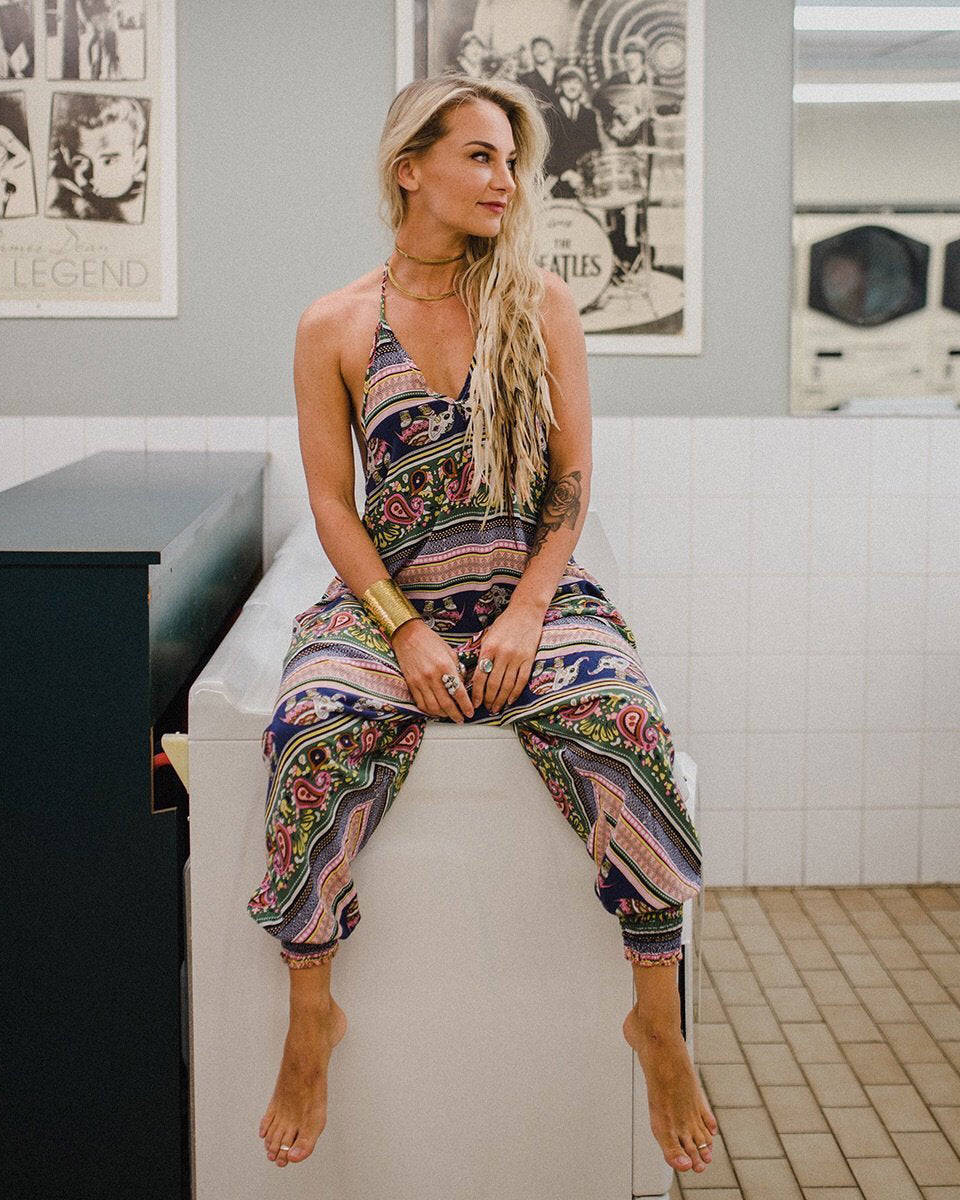
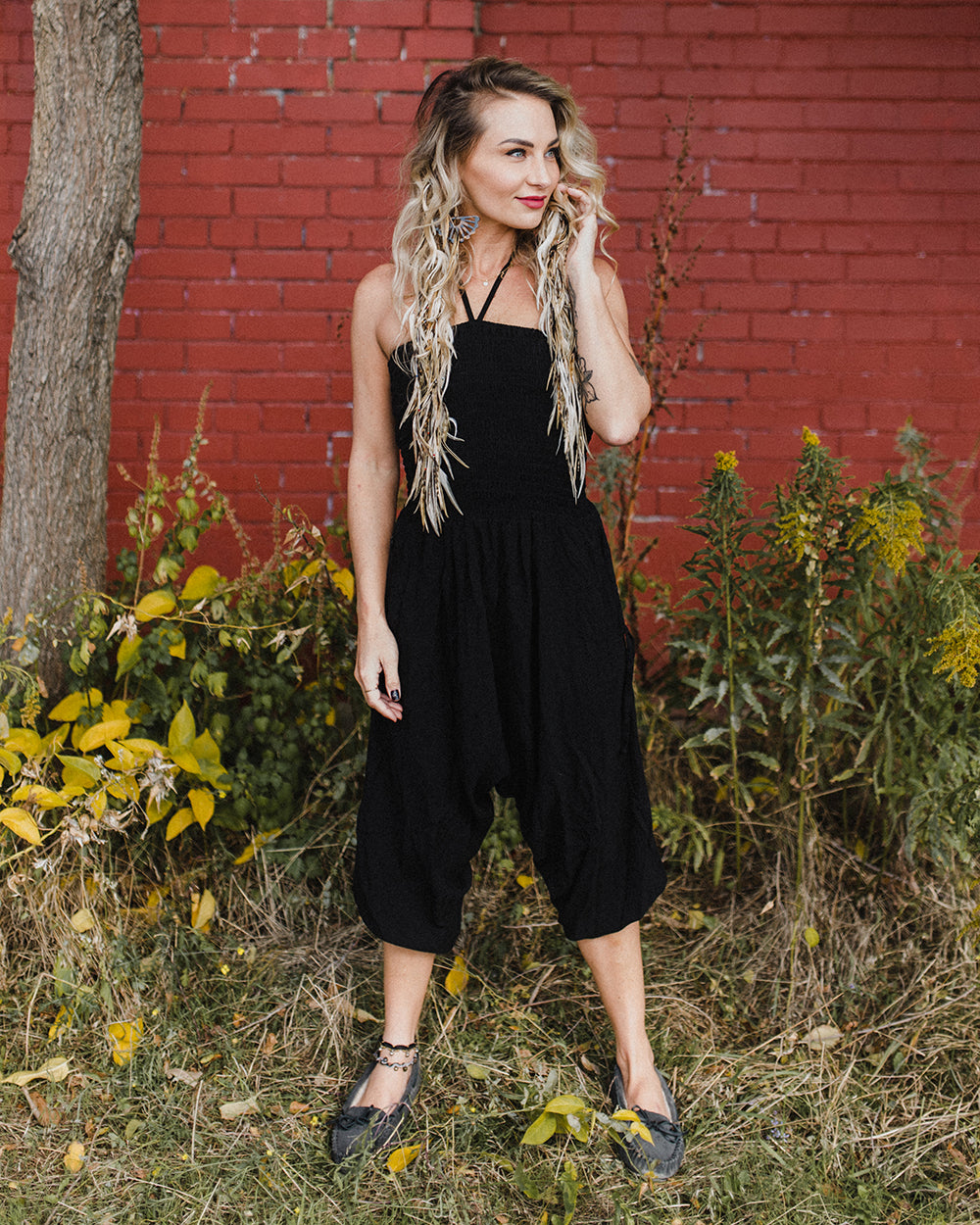
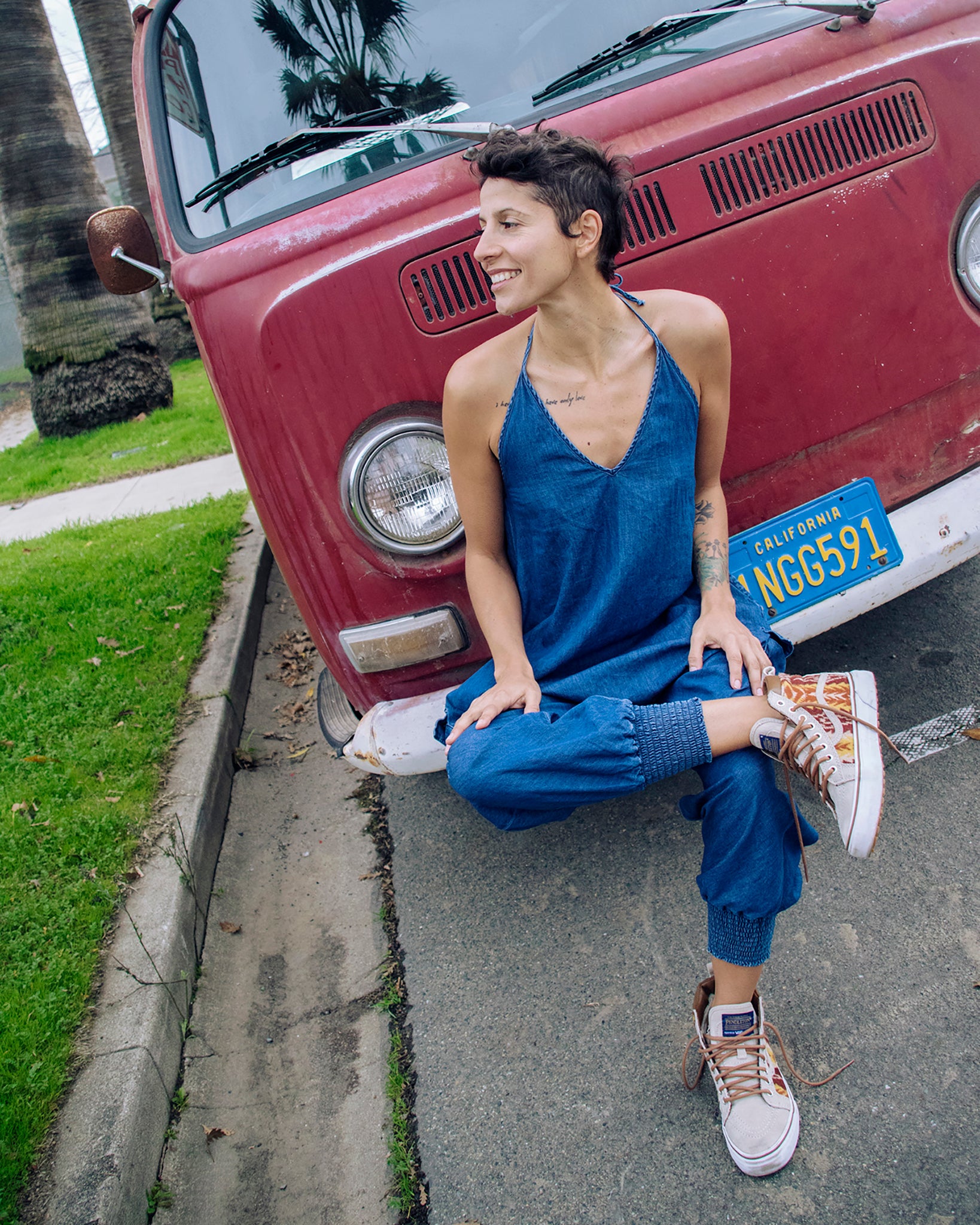
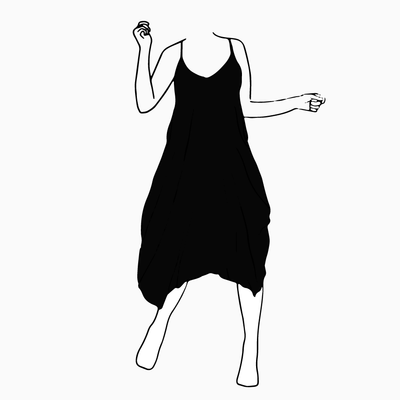
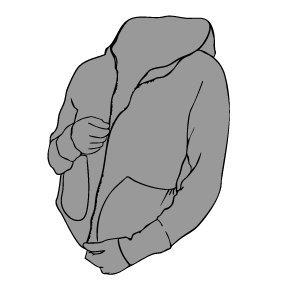
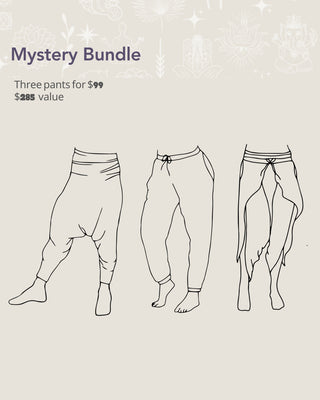
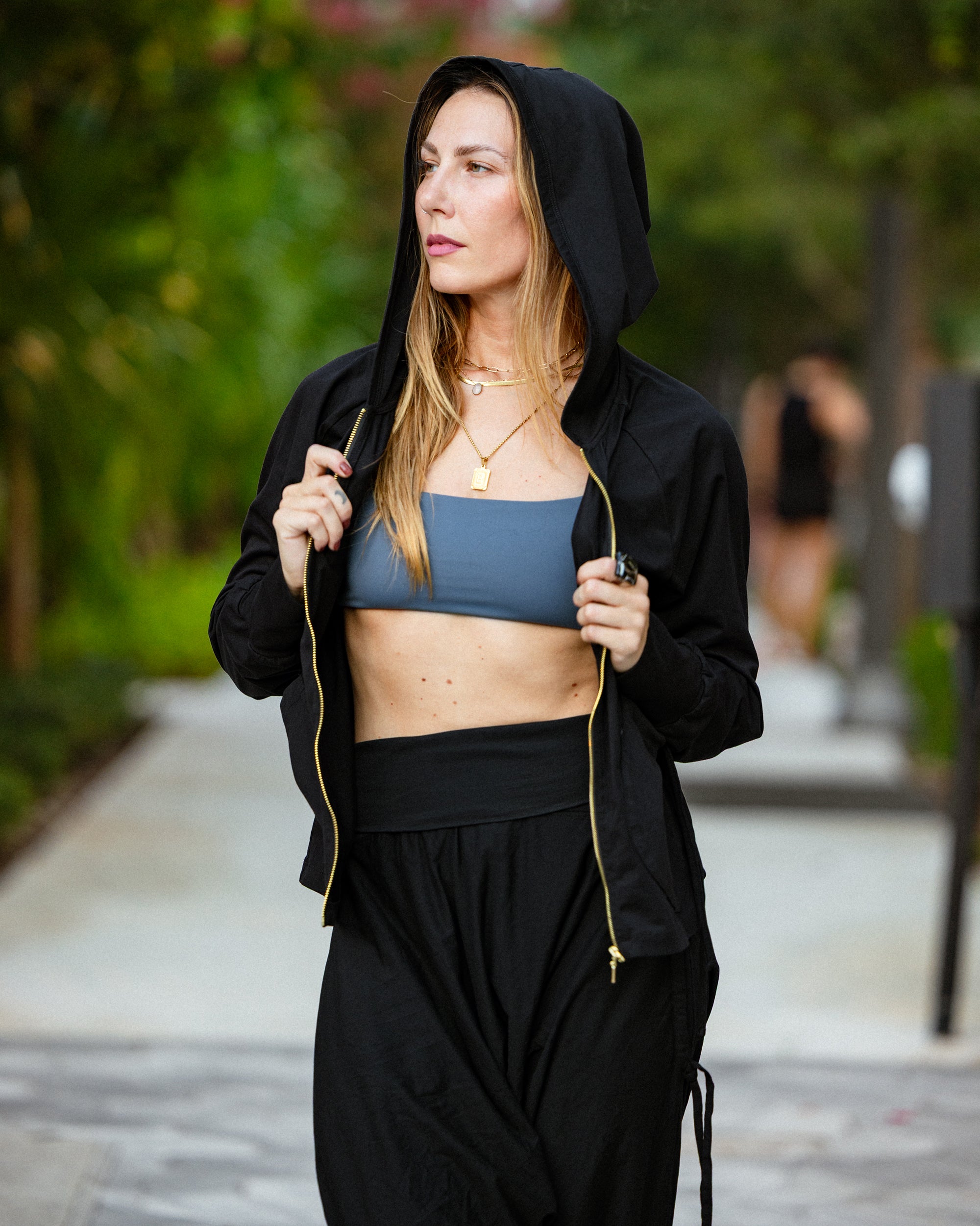
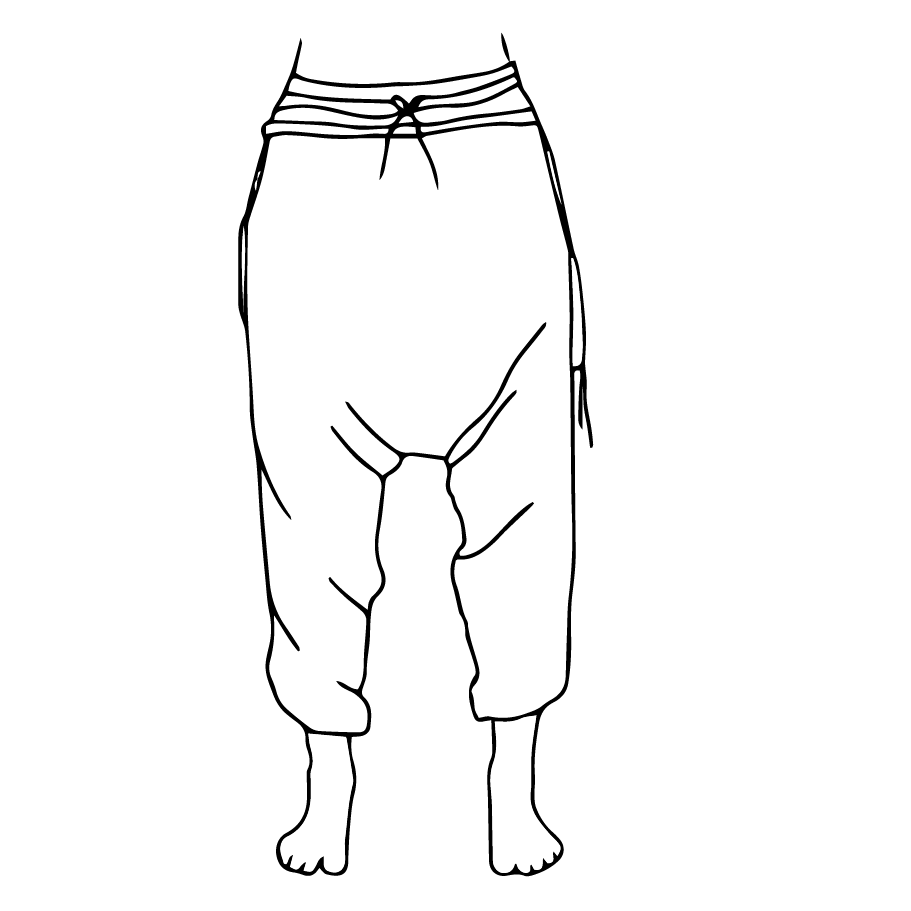

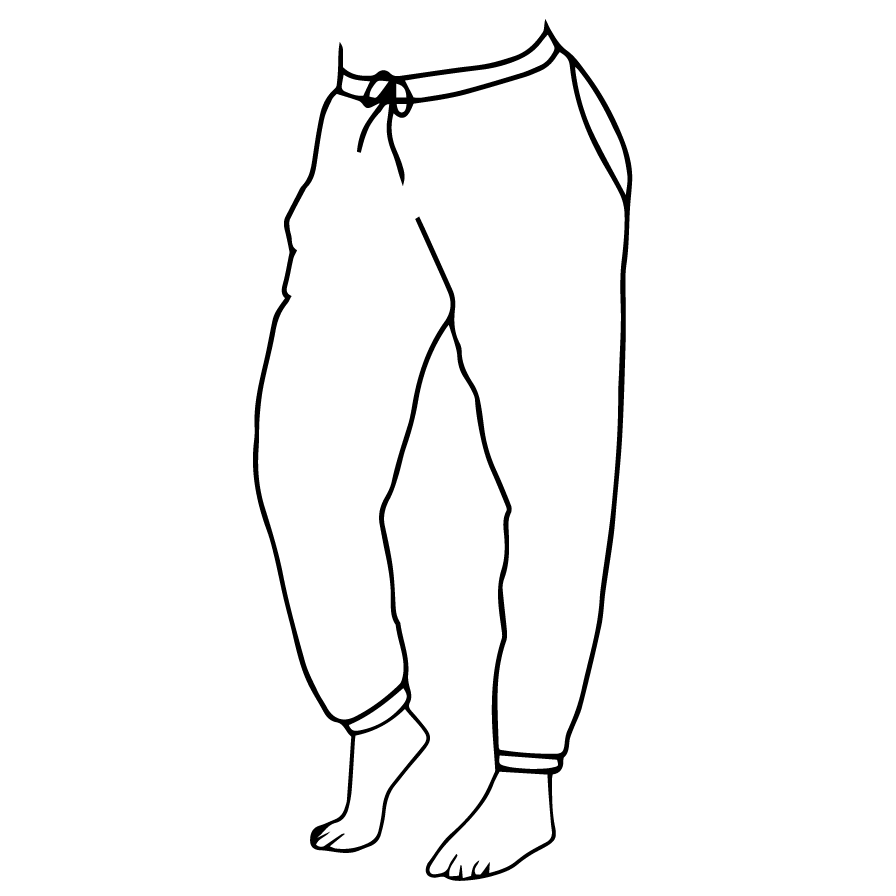
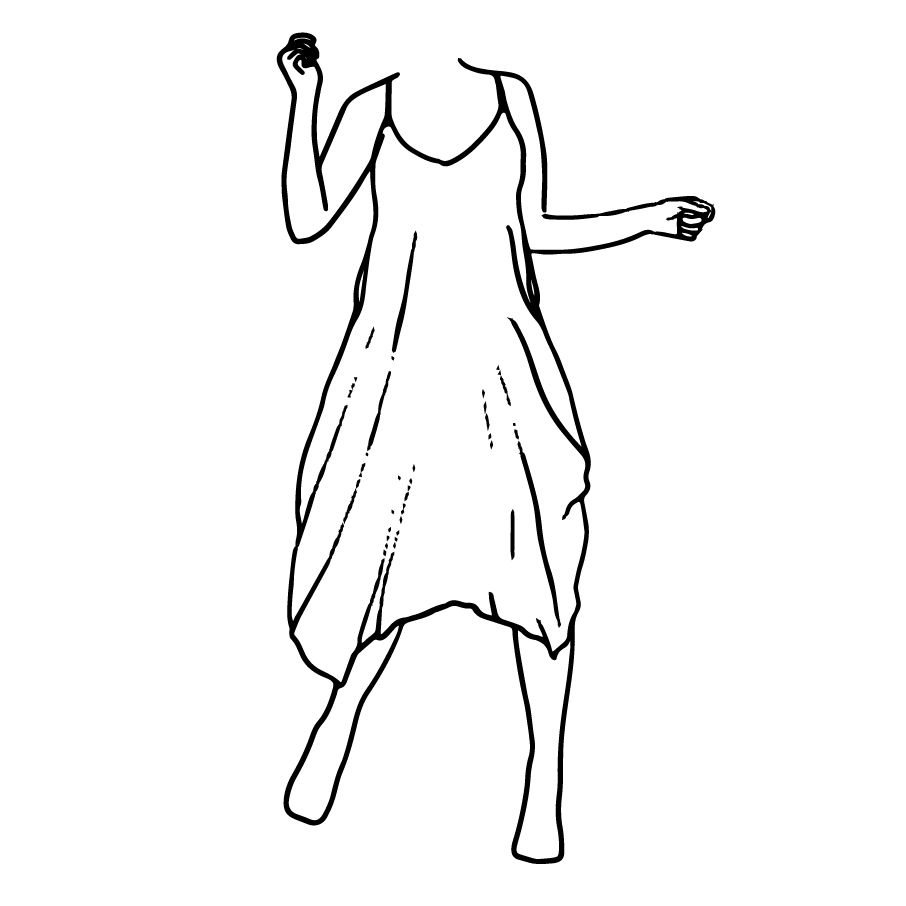
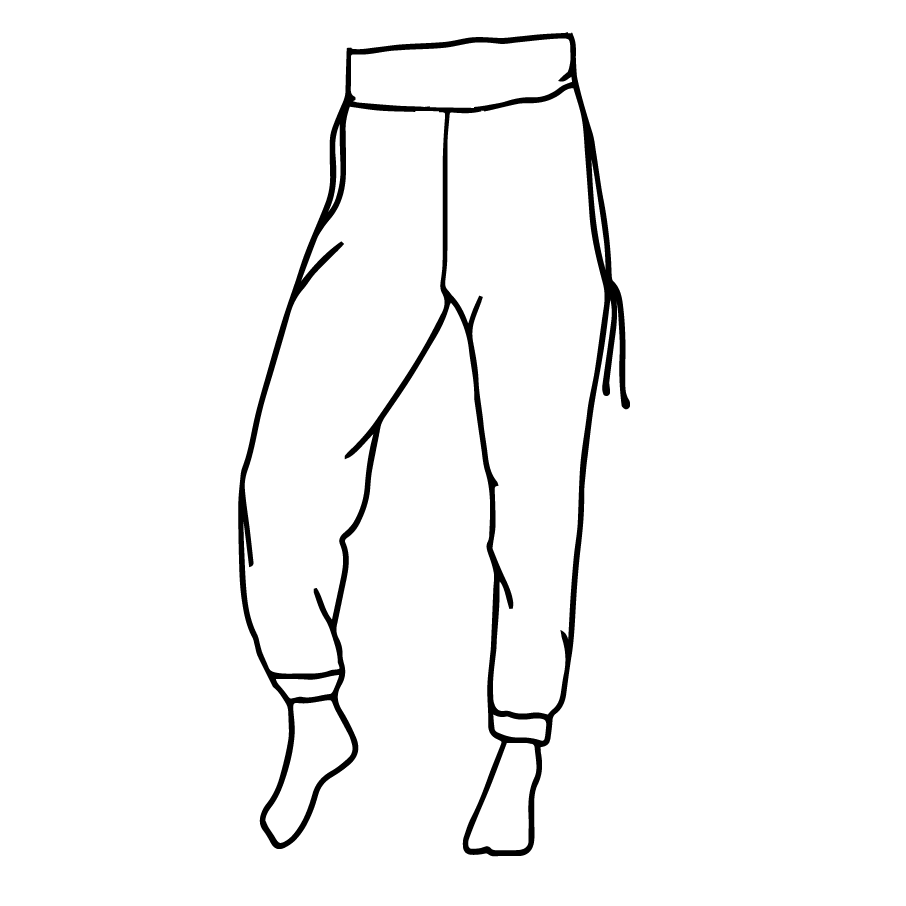
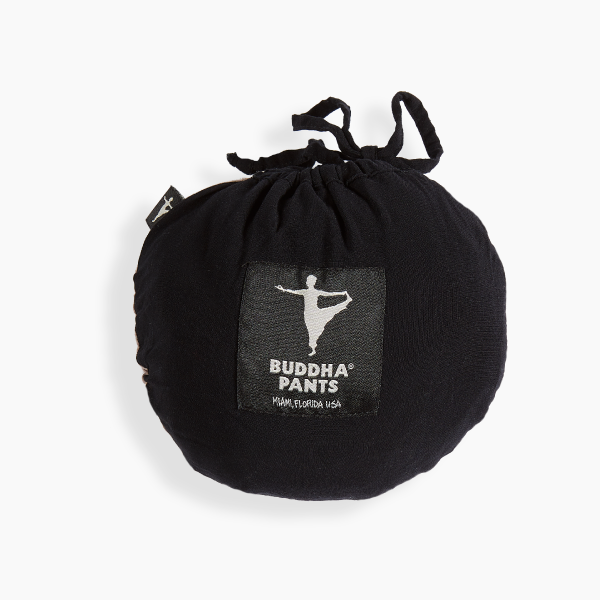

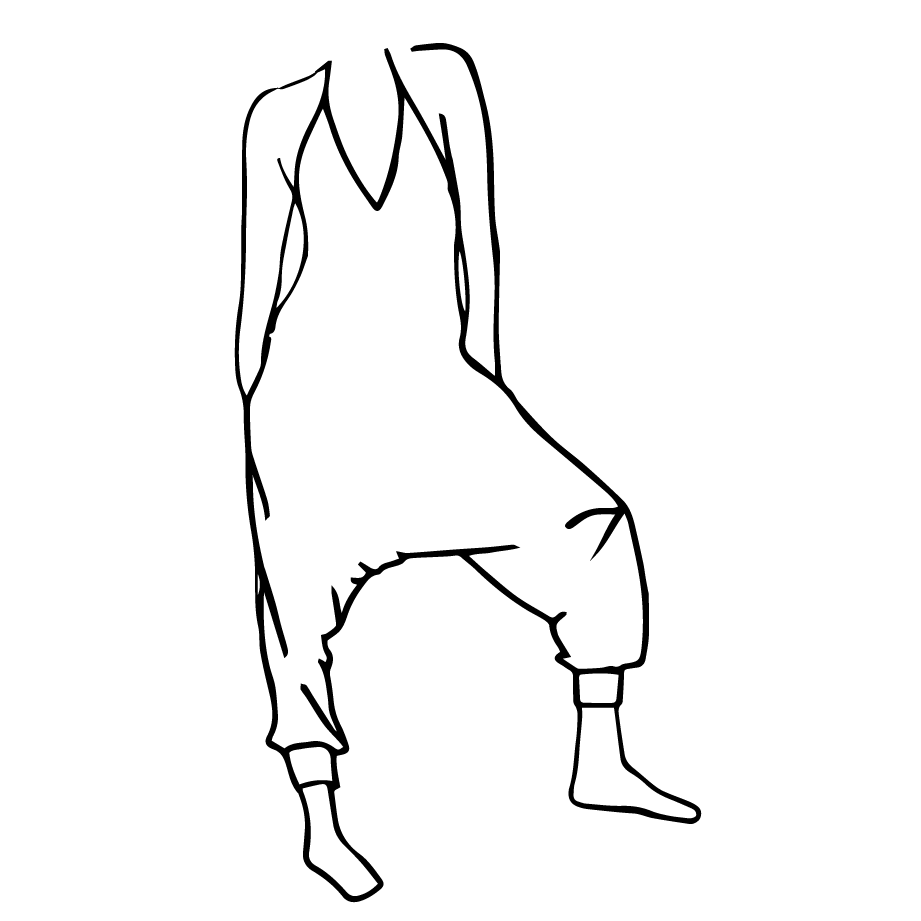
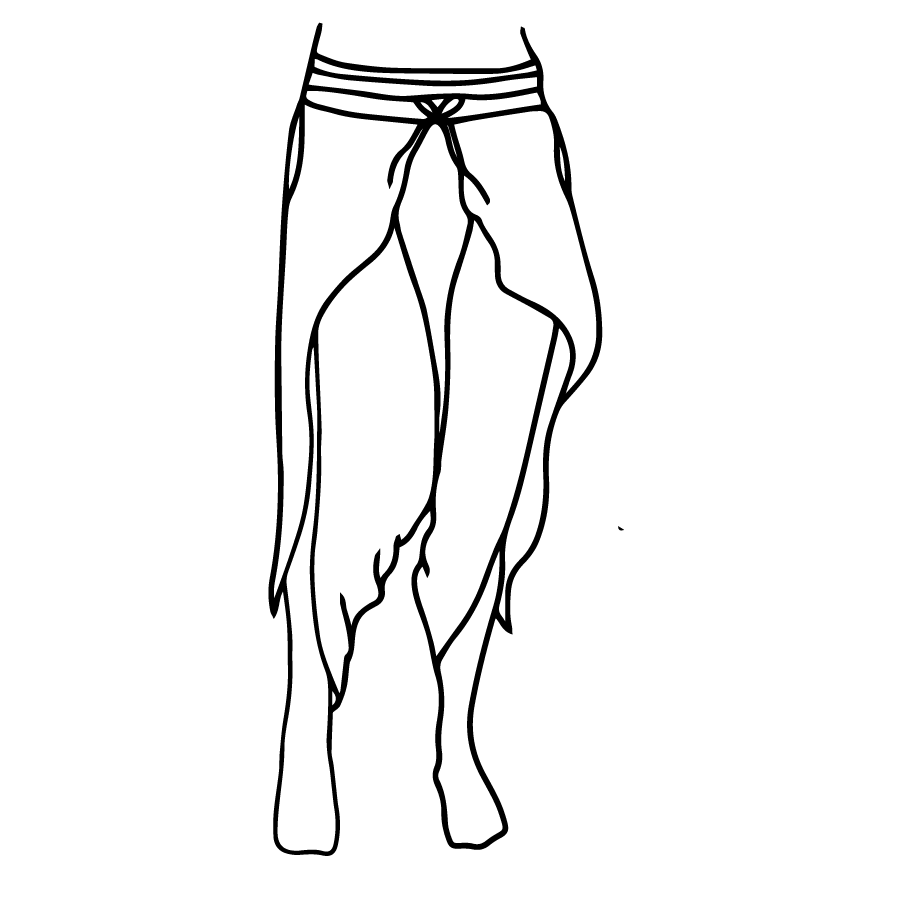
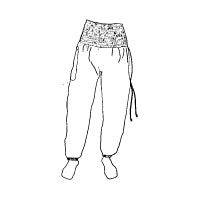
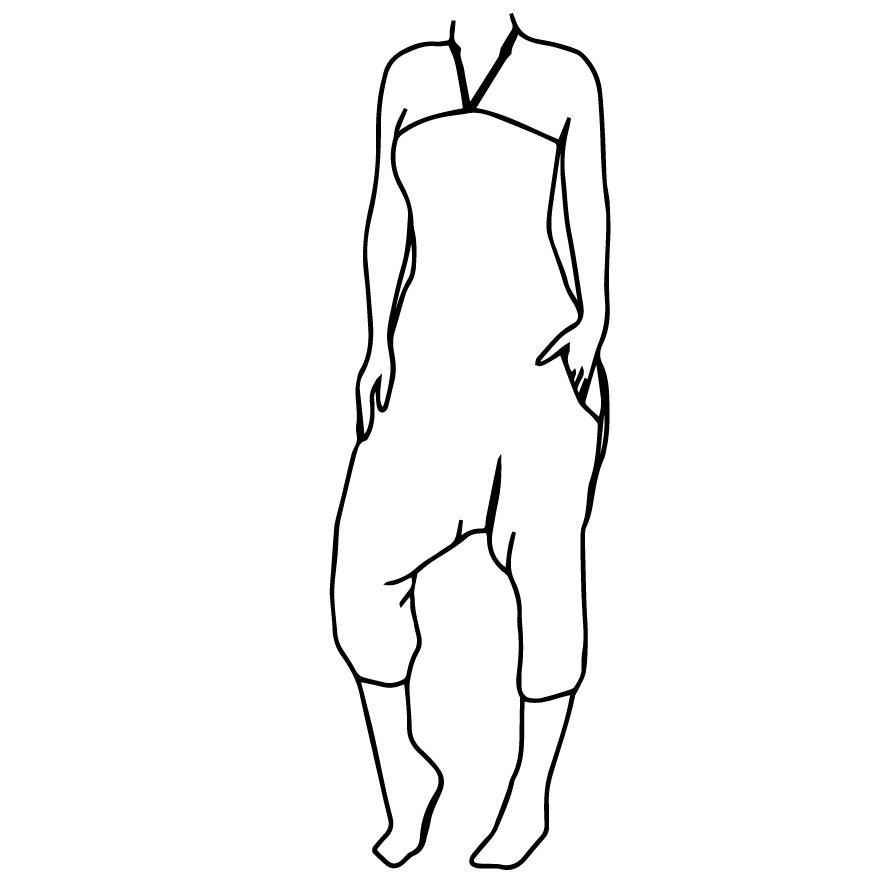
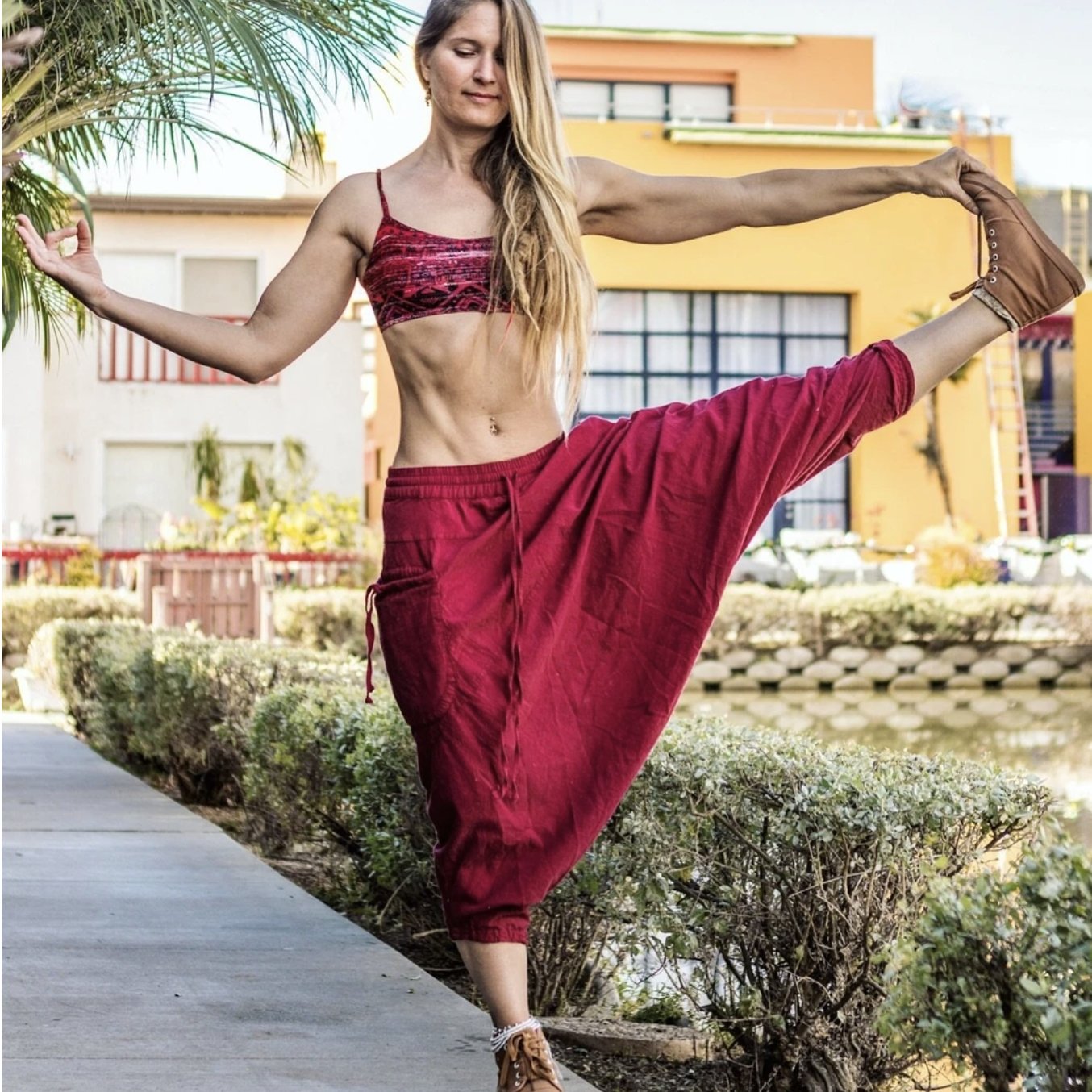
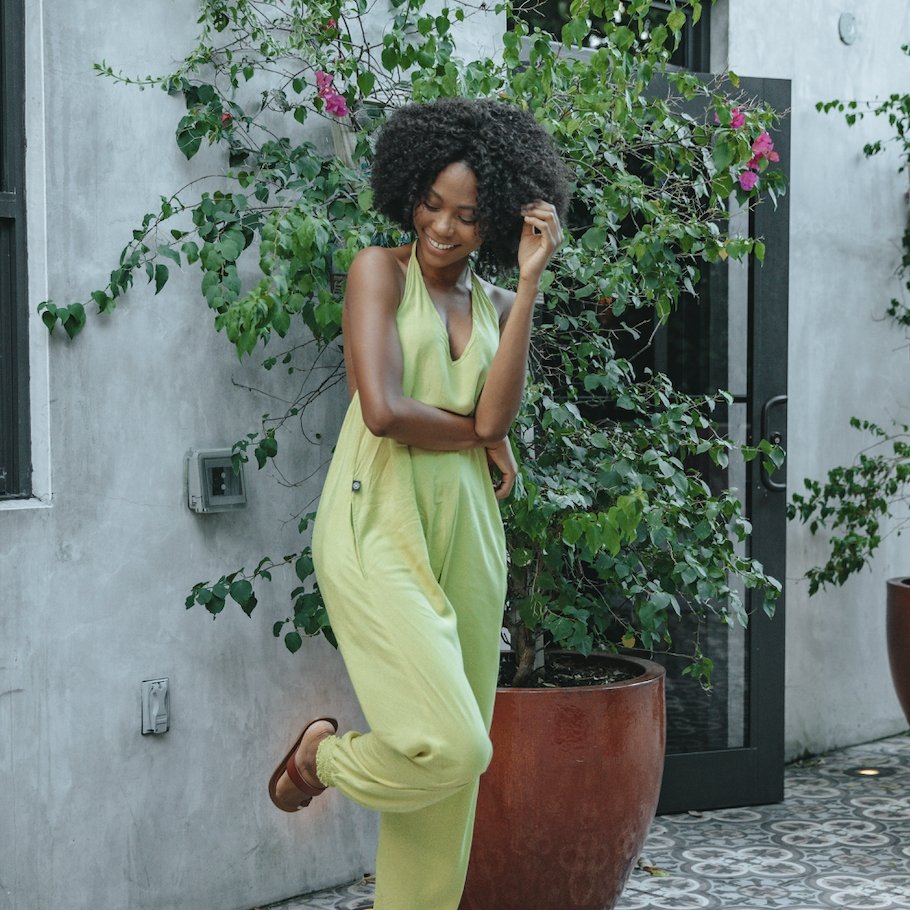
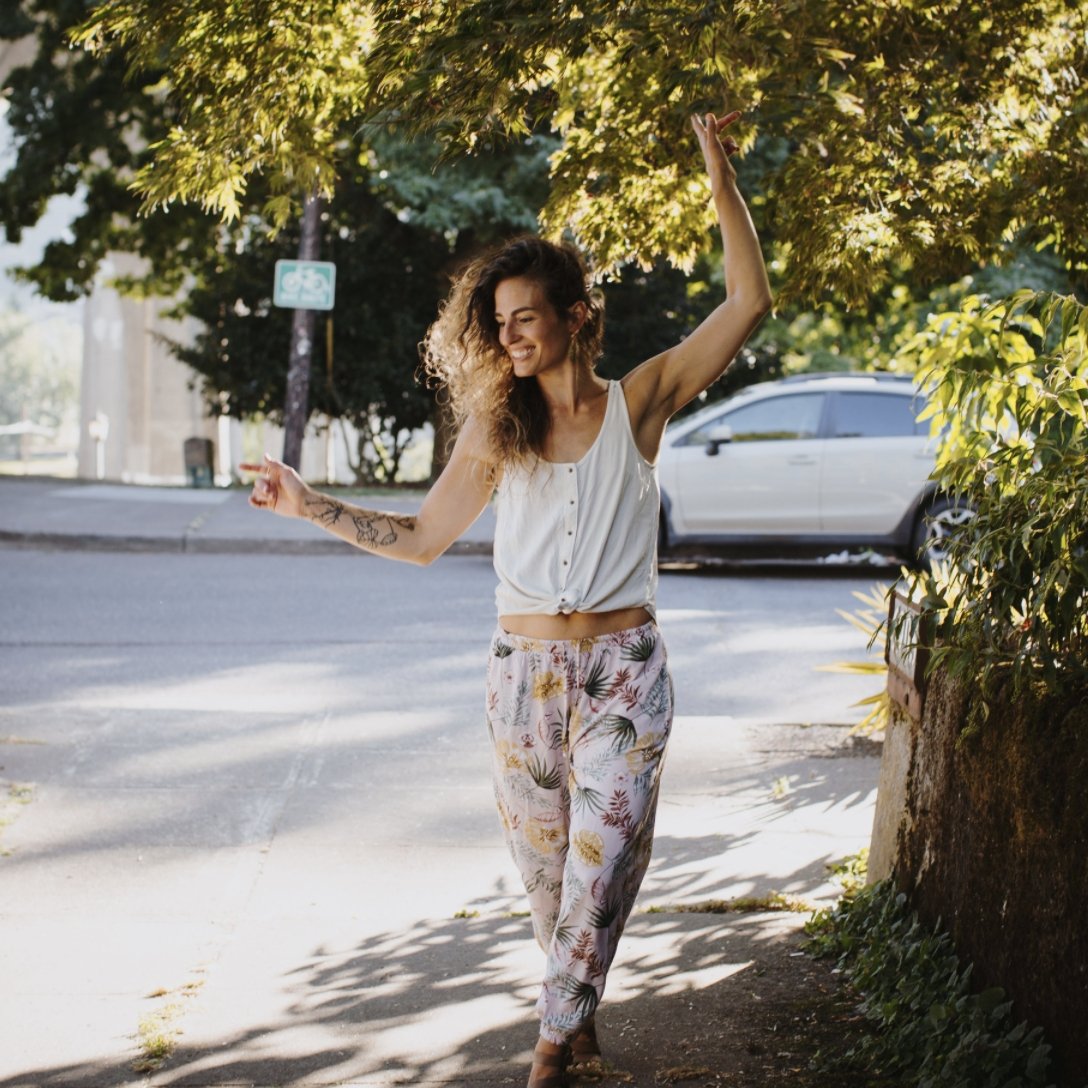
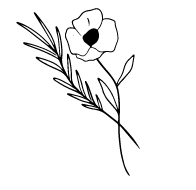
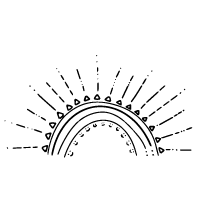
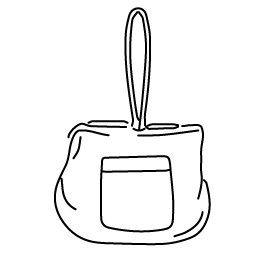
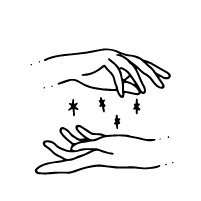
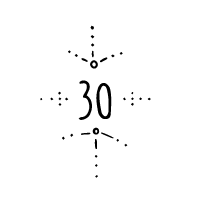
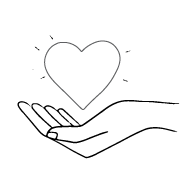
Leave a comment
This site is protected by hCaptcha and the hCaptcha Privacy Policy and Terms of Service apply.